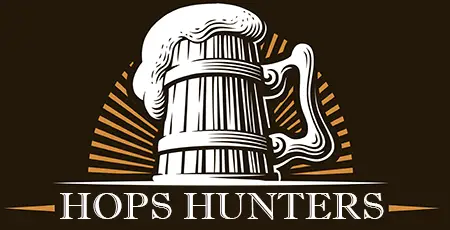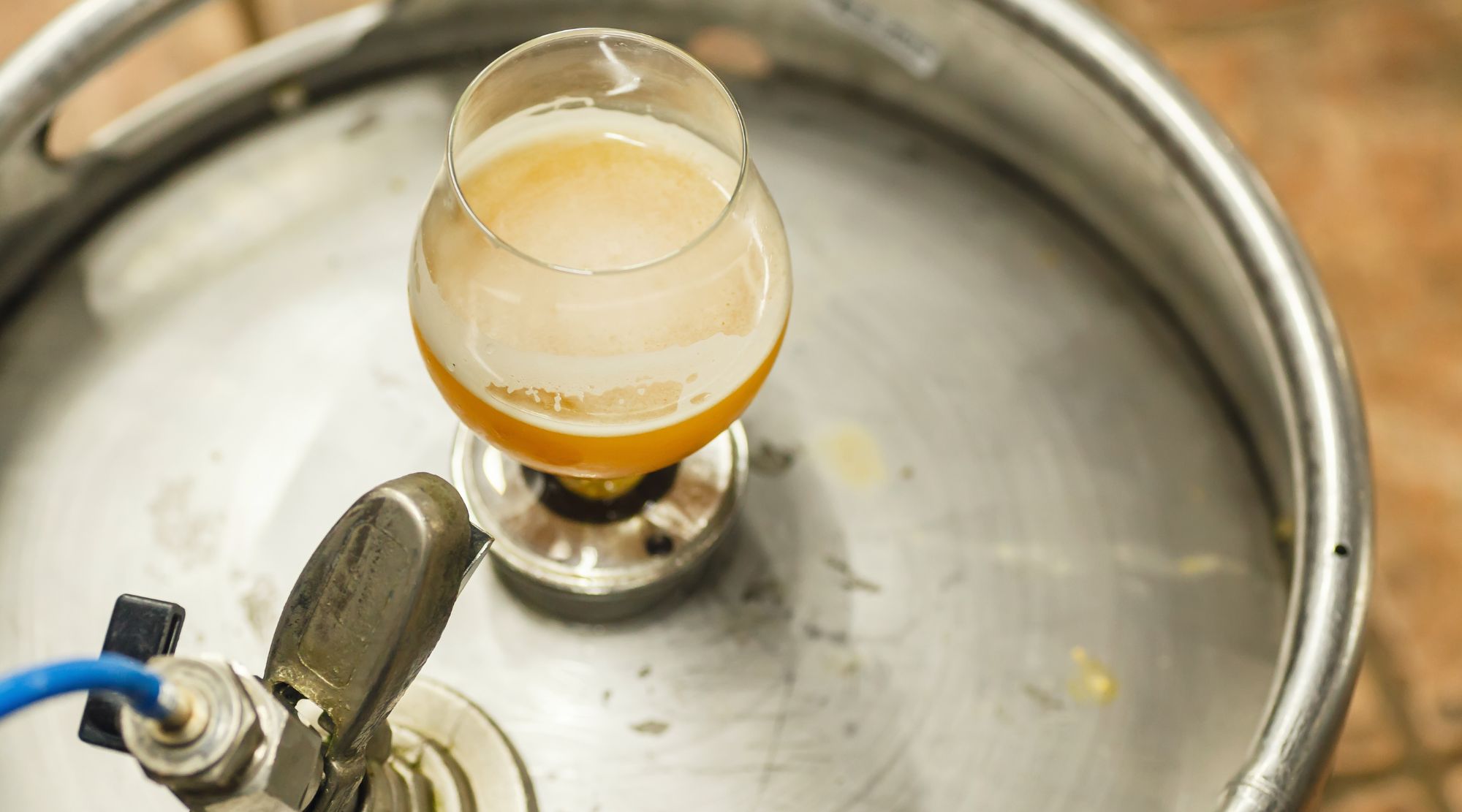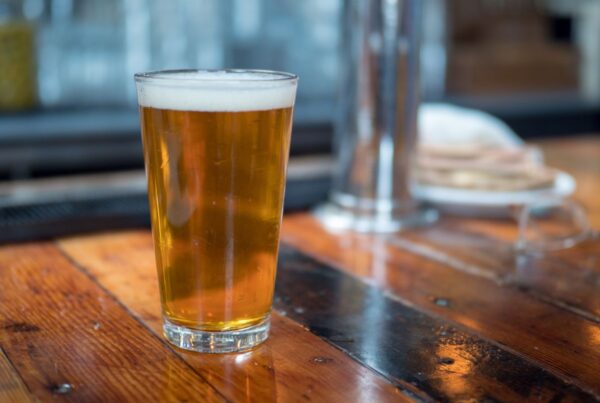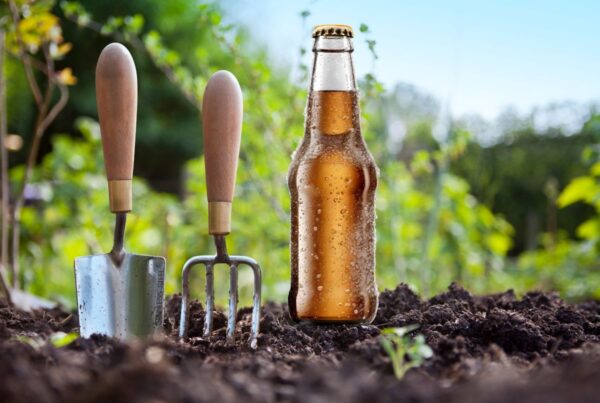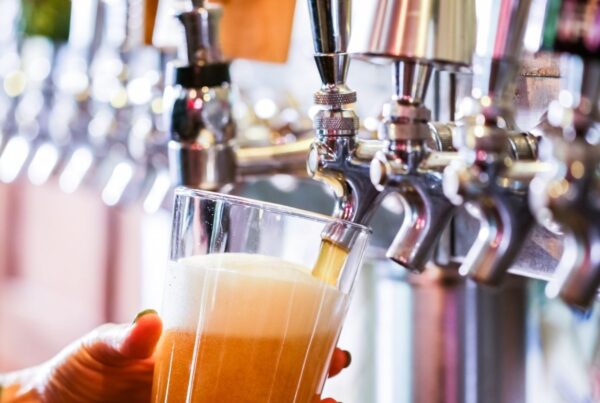How Many Beers in a Keg? (A Guide to Every Size)
You know what ruins a good party? Running out of beer. It’s the bane of any decent shindig—a tragedy worse than a “Something Went Wrong” error on Spotify . To save your reputation as a party host, knowing approximately how many beers are in your keg are crucial.
Let’s look at every size of keg—from the compact Bubba Keg to the “full-size” Half-Barrel—and see just how many beers* each one is hiding beneath its metallic exterior.
*Note: Just for the purposes of this article, 1 “unit” of beer is equivalent to a 12 oz. pour or “bottle” of beer.
The Mini Keg
You’ve probably seen this little fella—the Mini Keg. (Or as some folks affectionately call it, the Bubba Keg.) Typically snug in a mini-kegerator, this keg is ideal for small gatherings or lonely Friday nights. Portable and transportable, the Bubba Keg holds about 14 “beers” (14 12 oz. pours, to be precise). It’s probably the closest you can get to a “party in a can.”
The Cornelius Keg
Once a workhorse in the soda industry, the Cornelius Keg (A.K.A. the Corny Keg) rose from the sugary, syrupy depths to find a new home in the craft beer world. This small keg found its niche among the home brewers and microbreweries, holding a not-too-shabby 53 beers.
Sixth-Barrel
Next up we have the Sixth-Barrel or Sixtel keg (A.K.A. the Log)—a favorite among local craft breweries, microbreweries, and establishments with dreams bigger than their shelf space. With a relatively small footprint and a 56 beer capacity, it’s like the compact car of kegs. It’s small, it’s practical, and it’s perfect for those dual-tap kegerators we all secretly want in our kitchens.
Now, you might be wondering why exactly you’d choose a Sixth-Barrel over a Corny Keg (or vice versa), when the size difference between the two is a measly 3 beers. Great question!
Remember how I said the Corny Keg came from the soda industry? Well, they were built to be more robust, to withstand the pressure of carbonation. But along with that “robustness” comes some baggage—they come with a different system of fittings and connections than the Sixth-Barrel. Plus, the Sixtel’s design allows it to slot neatly into those dual-tap kegerators I mentioned, which the Corny Keg can’t quite manage.
Quarter-Barrel (Pony Keg) & Slim Quarter
The Quarter-Barrel and the Slim Quarter, also known as the Pony Keg/Stubby Keg and Tall Quarter respectively, both have the capacity for 82 beers. The difference between them is that they have slightly different footprints.
So, why might you choose a slim-quarter over a regular quarter-barrel, or vice versa?
- As you probably guessed, the Slim Quarter can squeeze into tighter spots than the Quarter-Barrel. This is mainly a benefit if a variety of beers are being served, though it could come in handy anywhere space is at a premium. It can also fit into dual-tap kegerators.
- Meanwhile, the Quarter-Barrel, with the same footprint as a half-barrel but half the weight (and half the number of beers inside), is a little less likely to give you a hernia when you’re trying to set it up for your backyard barbecue.
Half-Barrel (Full Keg)
Last but certainly not least (last but “most,” if anything) is the Half-Barrel keg, aka the Full Keg or Full-Size Keg. This is pretty much the gold standard of kegs—the one you probably picture when you hear the word “keg.” The one that college students dream about, and bartenders depend upon.
Holding an impressive 165 beers (12 oz. pours), it’s the biggest keg there is. The name can be a little confusing, since it literally has the word “half” in it—but there is not a bigger keg size than the half-barrel. (In other words, there’s no “¾ barrel keg” or “full-barrel keg”—that last one would just be… a barrel.)
A Keg Size for Every Occasion: The Best Uses for Each Size
- Mini Keg (Bubba Keg):
- Ideal for small gatherings or individual use.
- Perfect for portable applications due to its easily transportable size.
- Holds 14 beers*.
- Cornelius Keg (Home Brew Keg, Pepsi Keg, Corny Keg):
- A favorite size for home brewers and small microbreweries.
- Holds 53 beers*.
- Sixth-Barrel (Sixtel, Log):
- Ideal for microbreweries or any establishment wanting to offer a range of beers without compromising space.
- Compatible with dual-tap kegerators (unlike the Cornelius).
- Holds 56 beers*.
- Quarter-Barrel (Pony Keg, Stubby Quarter):
- Often used for small or medium-sized parties/events.
- Easier to lift and maneuver than a half-barrel due to its weight.
- Holds 82 beers*.
- Slim Quarter (Tall Quarter):
- The exact same capacity as a Quarter-Barrel.
- Has a smaller footprint than the Quarter-Barrel, so it works well in tight spaces.
- Holds 82 beers*.
- Half-Barrel (Full Size Keg, Full Keg):
- Widely used and distributed for large gatherings, events, or establishments like bars and restaurants.
- This is the largest, highest-capacity keg size.
- Holds 165 beers*.
*As we’ve done throughout the rest of the article, for purposes of this list, a “unit” of beer = 12 oz. of beer.
Final Thoughts
Now that you’re a beer guru who knows the right size keg for every occasion, party faux pas such as the infamous beer drought should be a thing of the past. Choose the right size keg for the right number of beers for the right number of people—and always remember to drink responsibly. Because nobody likes a sloppy guru. Cheers!
